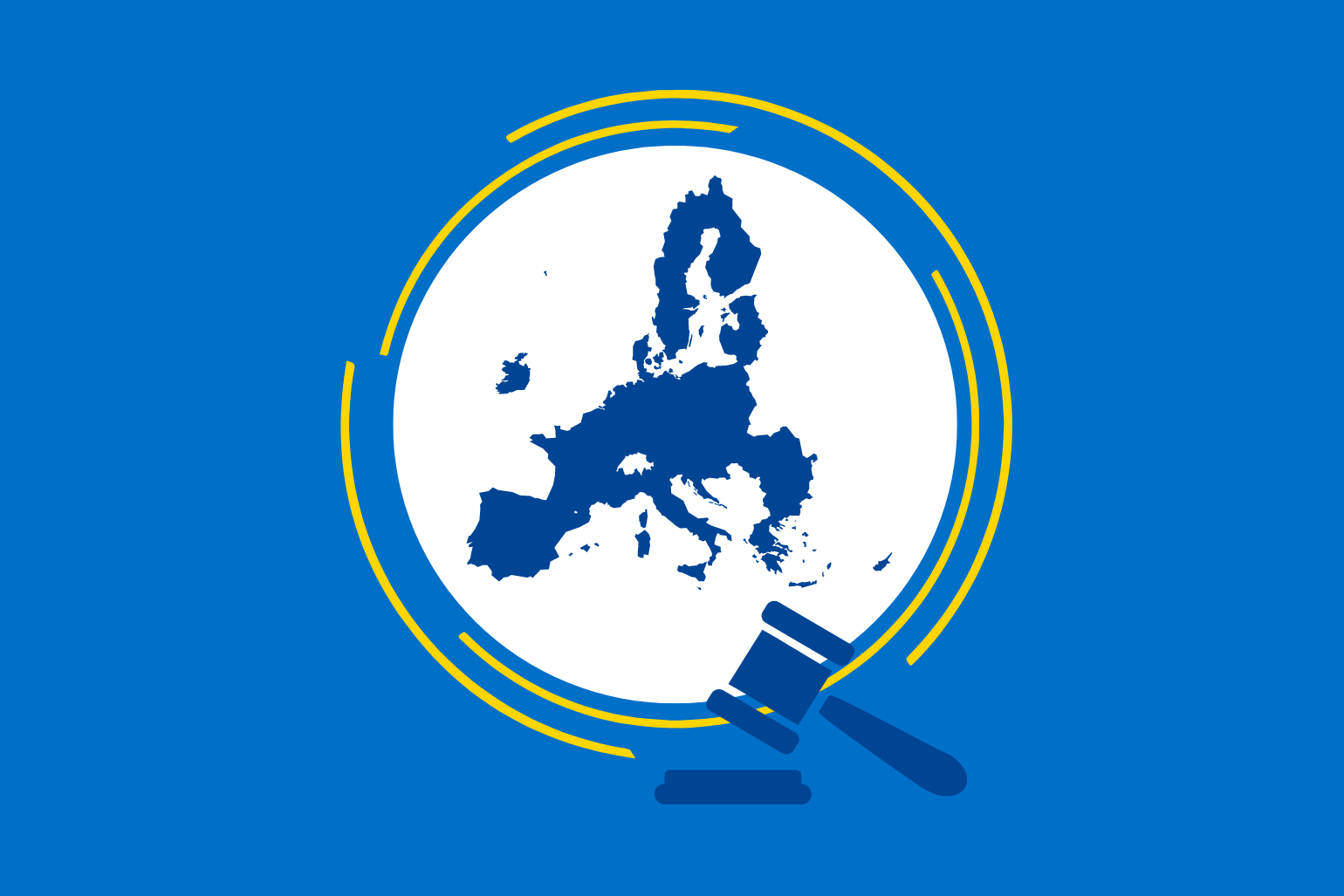How harmonisation of Europe’s insolvency laws could help businesses

How harmonisation of Europe’s insolvency laws could help businesses
0:00 minRunning a business is no small feat and not all ventures last. When a company faces insolvency, an inability to pay the bills, it brings stress for the business owner and potentially culminates in a fatal blow: bankruptcy.
According to Eurostat data, bankruptcies were on the rise in 2023 for the European Union (EU), hitting a record high in the second quarter,[1] though they eased in the fourth quarter.[2] [3] Still, they remain above pre-pandemic levels.
In the world of international finance, navigating the complexities of corporate insolvency processes, particularly across borders, can be tricky. As a former insolvency practitioner and trustee, I would often find myself grappling with the intricacies of different national insolvency laws when dealing with cross-border cases. The patchwork of various national rules often leads to inefficiencies and legal complications that hinder fair and consistent outcomes and can impede timely resolutions and the recovery of assets.
Harmonising the rules and procedures for insolvency cases across the EU would simplify the processes, minimise uncertainties, and allow for a more consistent and standardised approach. This would ultimately help reduce costs and increase the prospects of rescuing viable businesses.
The EU’s work-in-progress
The EU's harmonisation efforts aim to create a more stable, predictable, and efficient insolvency framework. Although full harmonisation may yet seem intangible, a minimum level of harmonisation is imperative for Europe’s financial resilience.
A unified cross-border approach can significantly benefit banks operating across the EU. With harmonisation, banks could more confidently lend to businesses and individuals across borders, knowing that insolvency procedures are more transparent and have a higher chance of recovering their loans in case of default.
Harmonised insolvency regimes are particularly important in the context of the capital markets union (CMU) project. CMU aims to create a single market for capital, to ensure that funds flow efficiently across the EU. Hence, CMU would foster investor confidence, facilitate cross-border investment, and bolster the European economy as a whole. A recent ESM blog post elaborates on the benefits CMU can bring to businesses.
The EU has also been working on strengthening banking union, which includes initiatives to reduce non-performing loans and unlock credit. These initiatives will help create a healthier banking system, free-up more bank lending to the corporate sector, and provide a more secure environment for businesses and individuals seeking credit.
All these efforts taken together will fortify the European financial landscape, fostering trust and reducing systemic risks. Such work is badly needed.
The need for harmonisation
The past decade has seen a global economy that sits perpetually on the brink of yet another crisis. The International Monetary Fund has repeatedly emphasised the seriousness of these "crisis-upon-crisis" scenarios, [4] underscoring the need for effective mechanisms to address the financial turmoil that has become all too normal. With the world economy still reeling in the aftermath of the pandemic, and facing higher interest rates, many countries are experiencing a rise in corporate bankruptcy levels.
Many businesses are still recovering from the effects of the pandemic, and the increasing cost of living is putting pressure on households. Ongoing geopolitical tensions further complicate matters. In this tumultuous environment, the need to harmonise the EU’s insolvency regimes takes on heightened significance.
The importance of harmonisation
Harmonising cross-border insolvency laws within the EU is essential for several reasons:
- Enhances economic resilience by helping expedite the recovery of distressed companies, protect creditors, and maintain trust in the financial system;
- Cross-border cooperation streamlines cross-border investments and trade processes and reduces the risk of pursuing a claim subject to concurrent jurisdiction in the court that will treat the claim most favorably, so-called “forum shopping” and legal conflicts;
- Encourages investment by providing credibility, predictability, and legal certainty to investors. This is particularly crucial for attracting foreign investment, which can be a lifeline for economies during crises;
- Efficient crisis management through swift, efficient, and transparent processes is essential in today’s "crisis-upon-crisis" environment.
European resilience: the end goal
The harmonisation of cross-border insolvency regimes in the EU is an important step in ensuring the resilience of our financial systems and securing a stable and prosperous future for Europe. This goal lies at the core of the ESM’s mandate. In the wake of a series of recent crises, the need for uniform, efficient, and transparent insolvency frameworks is more pronounced than ever.
It is a collective responsibility to work towards this goal, ensuring the stability and resilience of our economies, and, ultimately, the well-being of our companies and citizens. We must prepare for the challenges ahead, confident in our ability to weather the storms and reach calmer waters.
Acknowledgements
The author would like to thank Ioana Luca for her valuable contributions to this blog post, and Raquel Calero for her editorial review.
Further reading
Momentum builds for Europe’s capital markets union
Unlocking banks’ capacity to fund the recovery
How capital market finance can boost European businesses
Footnotes
About the ESM blog: The blog is a forum for the views of the European Stability Mechanism (ESM) staff and officials on economic, financial and policy issues of the day. The views expressed are those of the author(s) and do not necessarily represent the views of the ESM and its Board of Governors, Board of Directors or the Management Board.
Blog manager

Author
